The Journey of Pashmina: From Himalayan Goats to Timeless Elegance

Introduction
Pashmina — a word that evokes warmth, luxury, and timeless beauty. Often called the “Soft Gold of the Himalayas,” Pashmina is more than just a fabric; it’s a centuries-old tradition, a symbol of heritage, and a masterpiece of craftsmanship.
But have you ever wondered how a fine, feather-light Pashmina shawl or sweater comes to life? The journey begins not in a fashion studio, but high in the cold, windswept plateaus of the Himalayas — where nature, tradition, and human artistry come together in perfect harmony.
This is the story of Pashmina: from the mountain goats of Ladakh to the skilled artisans who turn raw fiber into wearable art — and how this ancient craft continues to define quiet luxury even in the modern world.
The Origins: High in the Himalayas
At the heart of every authentic Pashmina lies the fiber of the Changthangi goat↗ — a rare breed found in the Changthang region of Ladakh, India. Living at altitudes above 13,000 feet, these goats endure some of the harshest climates on Earth, with temperatures dropping below -30°C.
To survive such cold, they grow an incredibly fine undercoat beneath their outer hair — known as Pashm, meaning “soft gold” in Persian. This downy layer is nature’s gift — a fiber so delicate and warm that no machine-made material can truly replicate its feel.
Each spring, as temperatures rise, local herders gently comb the goats to collect this soft undercoat. Unlike mass-produced fibers, the process is entirely ethical and non-invasive — ensuring both the comfort of the animal and the purity of the wool.
Did You Know?
Authentic Pashmina fibers are among the finest in the world — measuring only 12–16 microns in diameter (finer than human hair, which averages around 75 microns).

The Raw Material: From Fiber to Yarn
Once collected, the raw Pashm is carefully cleaned to remove dust, grease, and coarse outer hair. This process, called dehairing, is done manually to ensure the delicate fibers aren’t damaged. Unlike industrial wool processing, Pashmina’s journey is still largely done by hand — preserving its traditional value and exceptional softness.
The next stage is spinning, where the cleaned fibers are transformed into fine yarn. Historically, this was done using a small wooden spindle called a Yinder, a tool passed down through generations of Kashmiri women. Even today, in many artisan communities, hand-spinning remains a mark of authenticity and craftsmanship.
Hand-spun yarn has a slight irregularity — a beautiful imperfection that gives true Pashmina its unique texture and natural drape.

The Art of Weaving: Where Heritage Meets Skill
After spinning, the yarn is ready to be woven. This is where the heart of Pashmina craftsmanship beats strongest — in the hands of master weavers, many of whom have inherited their art through generations.
Each Pashmina shawl or sweater can take weeks, sometimes even months, to complete. The weaving is done on traditional wooden looms, often inside small family workshops in Srinagar and nearby regions. Every thread, every intersection is guided by skill, intuition, and patience.
The result? A fabric so fine that it can pass through a small ring — a timeless symbol of authenticity.
Fact Check:
It takes nearly 250–300 grams of raw Pashmina to make one shawl, and over 150 hours of meticulous handwork from fiber to finish.
Dyeing & Finishing: The Touch of Color and Character
Pure Pashmina has a natural, creamy ivory shade. However, artisans often dye it using both natural and eco-friendly dyes to create a spectrum of subtle tones — from soft pastels to deep jewel hues.
Because the fiber is so fine, it absorbs color beautifully without losing its softness. The dyed fabric is then gently washed, brushed, and finished to bring out its signature lightness and sheen.
For embroidered pieces, skilled artisans add Sozni or Kani embroidery — delicate handwork that can take several weeks to complete. Each motif, often inspired by nature, carries cultural significance and adds to the uniqueness of the piece.
The Modern Revival: Pashmina in Today’s World
While synthetic fabrics and fast fashion have flooded the global market, authentic Pashmina stands apart as a timeless luxury rooted in sustainability. Unlike machine-made cashmere, true Pashmina involves zero industrial processes — relying entirely on human skill and natural resources.
In the modern era, Pashmina has evolved from royal attire to a global symbol of ethical luxury. Designers and brands are now reintroducing Pashmina in versatile forms — sweaters, scarves, wraps, and accessories — combining tradition with contemporary design.
Kuttons, for instance, continues to honor this legacy by blending authentic Pashmina craftsmanship with elegant modern styles, ensuring that every piece reflects warmth, simplicity as well as sophistication.

Sustainability and Ethical Craftsmanship
Pashmina’s production is inherently sustainable. The Changthangi goats graze naturally in high-altitude pastures, contributing to the ecological balance of the region. The fibers are collected humanely, and the entire process — from combing to weaving — supports local artisan families.
By choosing genuine Pashmina, you’re not just purchasing a luxury product; you’re supporting a centuries-old ecosystem of sustainable living, cultural heritage, and ethical craftsmanship.
In a world driven by mass production, authentic Pashmina remains a testament to slow fashion — valuing quality over quantity, and tradition over trends.
Pashmina vs. Cashmere: Understanding the Difference
Many people confuse Pashmina with cashmere, and while they are related, they are not the same. Here’s how they differ:
|
Feature |
Pashmina |
Cashmere |
|
Origin |
Changthangi goats (Ladakh, India) |
Various goat breeds (Mongolia, China, Nepal) |
|
Fiber Diameter |
12–16 microns |
16–19 microns |
|
Weaving |
100% hand-spun and handwoven |
Often machine-spun and machine-woven |
|
Texture |
Softer, warmer, lighter |
Slightly thicker and less fine |
|
Price |
Higher due to rarity and manual craftsmanship |
Comparatively more affordable |
This difference explains why authentic Pashmina is more expensive — but also more valuable, more sustainable, and far more exclusive.
The Legacy of Luxury: From Royal Courts to Modern Closets
Pashmina has been cherished for centuries. During the Medieval times, it was known as the “King of Fabrics” — worn by emperors and gifted to royalty across Persia and Europe. Napoleon is said to have gifted a Pashmina shawl to Empress Josephine, sparking Europe’s fascination with this fine Indian craft.
Even today, owning a Pashmina feels like owning a piece of history — something that transcends fashion trends and connects you to an ancient art form.
Modern women wear Pashmina not just for warmth, but for what it represents — quiet confidence, refined taste, and timeless grace.
Caring for Your Pashmina: Preserving the Soft Gold
Because of its delicate fibers, Pashmina deserves gentle care. Here are some simple steps to help your piece last for generations:
-
Hand wash only in cold water using a mild detergent or baby shampoo.
-
Avoid wringing or twisting the fabric. Instead, gently press out excess water.
-
Dry flat in shade — never hang or expose to direct sunlight.
-
Store folded in a breathable cotton bag with cedar wood to prevent moths.
-
Avoid dry cleaning unless absolutely necessary — the chemicals can weaken natural fibers.
For detailed care instructions, visit our [Pashmina Care Guide].
With proper care, a high-quality Pashmina can last decades — aging gracefully while retaining its softness and warmth.
Why Pashmina is Timeless
What makes Pashmina truly special isn’t just its texture or warmth — it’s the story it carries. Every strand tells of the mountains, the artisans, and the generations who’ve kept this heritage alive. It’s a product of patience, precision, and pure nature — untouched by machines and trends.
When you drape an authentic Pashmina around your shoulders, you don’t just wear a garment — you wear centuries of craftsmanship, culture, and human connection.
That’s why, even in today’s fast-changing world, Pashmina remains timeless — a quiet expression of enduring beauty.
FAQs About Pashmina
1. What makes Pashmina different from regular wool?
Pashmina is made from the fine undercoat of the Changthangi goat, which produces fibers much finer and softer than regular wool. It’s lighter, warmer, and more luxurious.
2. Is all Cashmere the same as Pashmina?
No. All Pashmina is cashmere, but not all cashmere is Pashmina. Pashmina refers specifically to the ultra-fine wool from Ladakh’s Changthangi goats, hand-spun and handwoven in Kashmir.
3. How can I tell if my Pashmina is genuine?
Authentic Pashmina feels feather-light yet warm. It will pass through a ring, has a slightly uneven weave, and comes with a natural matte sheen. Machine-made “Pashminas” or synthetic blends will feel heavier and lack that airy softness.
4. Why is authentic Pashmina expensive?
Because it’s rare, handmade, and sourced ethically from limited regions. Each shawl takes over 150 hours to craft, making it a piece of art, not just a product.
5. How should I store Pashmina in warm weather?
Keep it folded in a cotton or muslin cloth, away from moisture and direct sunlight. Adding natural repellents like cedar or lavender helps protect it from moths.
Conclusion
The journey of Pashmina — from the high-altitude Himalayas to the elegant wardrobes of the world — is a story of resilience, artistry, and authenticity.
It reminds us that true luxury isn’t about excess; it’s about connection — to nature, to craft, and to culture.
At Kuttons, we honor this tradition by creating Pashmina pieces that celebrate craftsmanship while embracing modern design. Every Pashmina is not just made — it’s crafted, cherished, and carried forward as a legacy of timeless elegance.
Products on Sale
- Regular Price
- from $46.00
- Sale Price
- from $46.00
- Regular Price
-
$76.00
- Unit Price
- per
- Regular Price
- $199.00
- Sale Price
- $199.00
- Regular Price
-
$278.00
- Unit Price
- per
- Regular Price
- $134.00
- Sale Price
- $134.00
- Regular Price
-
$148.00
- Unit Price
- per
- Regular Price
- $109.00
- Sale Price
- $109.00
- Regular Price
-
$142.00
- Unit Price
- per
- Regular Price
- $159.00
- Sale Price
- $159.00
- Regular Price
-
$196.00
- Unit Price
- per
- Regular Price
- $49.00
- Sale Price
- $49.00
- Regular Price
-
$52.00
- Unit Price
- per
- Regular Price
- $22.00
- Sale Price
- $22.00
- Regular Price
-
$26.00
- Unit Price
- per
- Regular Price
- $30.00
- Sale Price
- $30.00
- Regular Price
-
$37.00
- Unit Price
- per
- Regular Price
- $134.00
- Sale Price
- $134.00
- Regular Price
-
$170.00
- Unit Price
- per
- Regular Price
- $74.00
- Sale Price
- $74.00
- Regular Price
-
$78.00
- Unit Price
- per
- Regular Price
- $46.00
- Sale Price
- $46.00
- Regular Price
-
$56.00
- Unit Price
- per
- Regular Price
- $99.00
- Sale Price
- $99.00
- Regular Price
-
$125.00
- Unit Price
- per
- Regular Price
- $99.00
- Sale Price
- $99.00
- Regular Price
-
$92.00
- Unit Price
- per
- Regular Price
- $56.00
- Sale Price
- $56.00
- Regular Price
-
$52.00
- Unit Price
- per
- Regular Price
- $56.00
- Sale Price
- $56.00
- Regular Price
-
$52.00
- Unit Price
- per
- Regular Price
- $56.00
- Sale Price
- $56.00
- Regular Price
-
$52.00
- Unit Price
- per
- Regular Price
- $128.00
- Sale Price
- $128.00
- Regular Price
-
$145.00
- Unit Price
- per
- Regular Price
- $69.00
- Sale Price
- $69.00
- Regular Price
-
$95.00
- Unit Price
- per

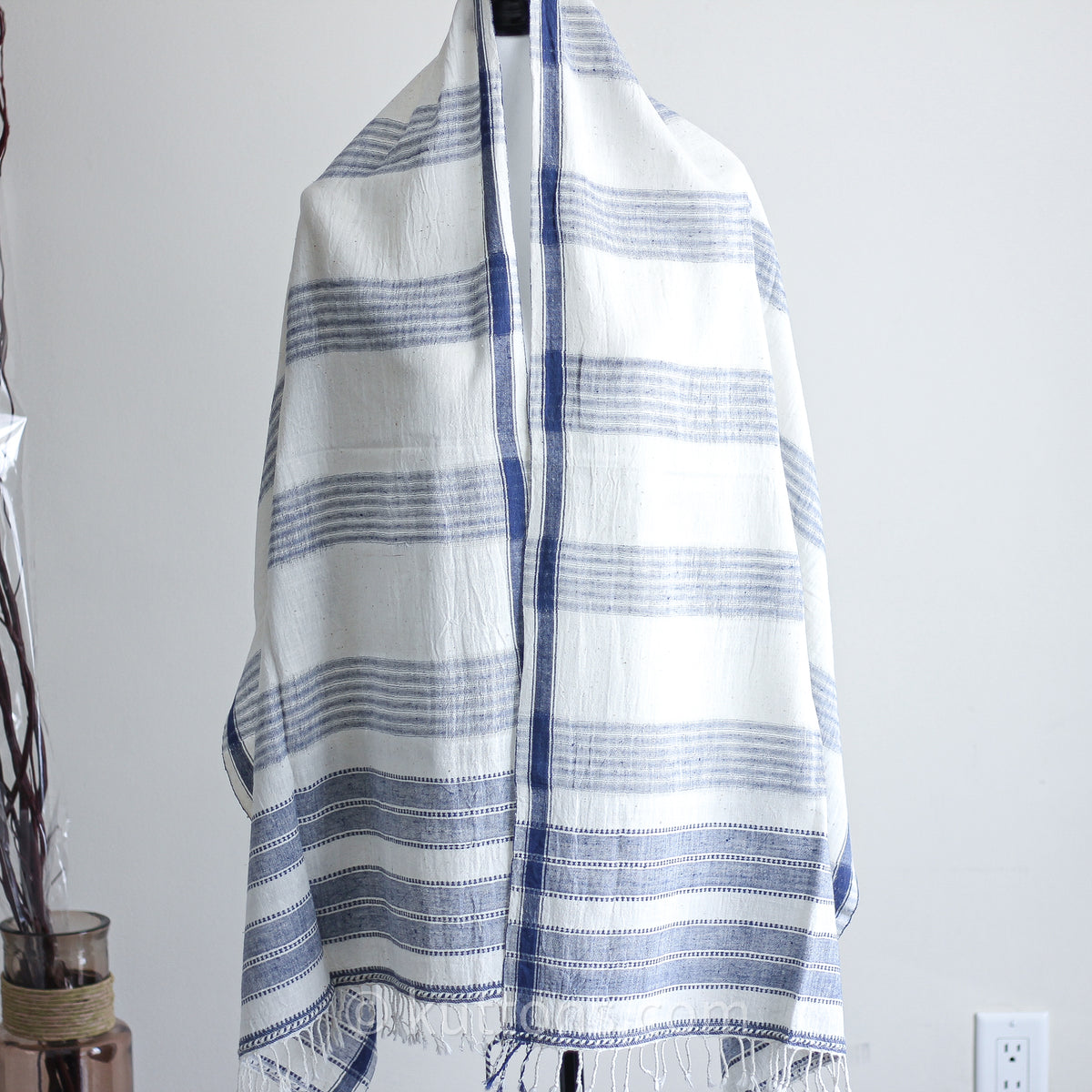
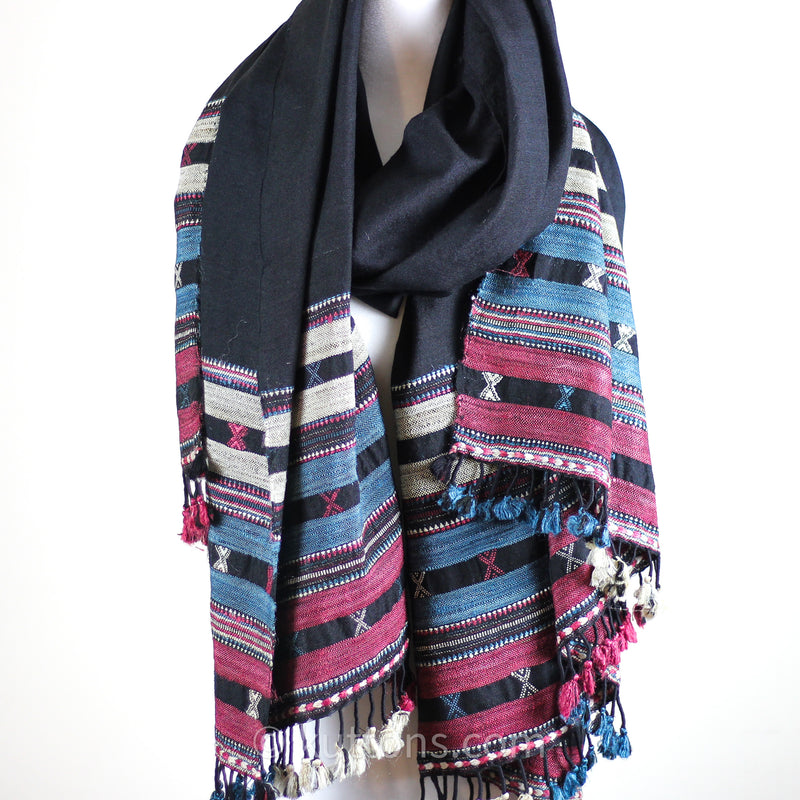
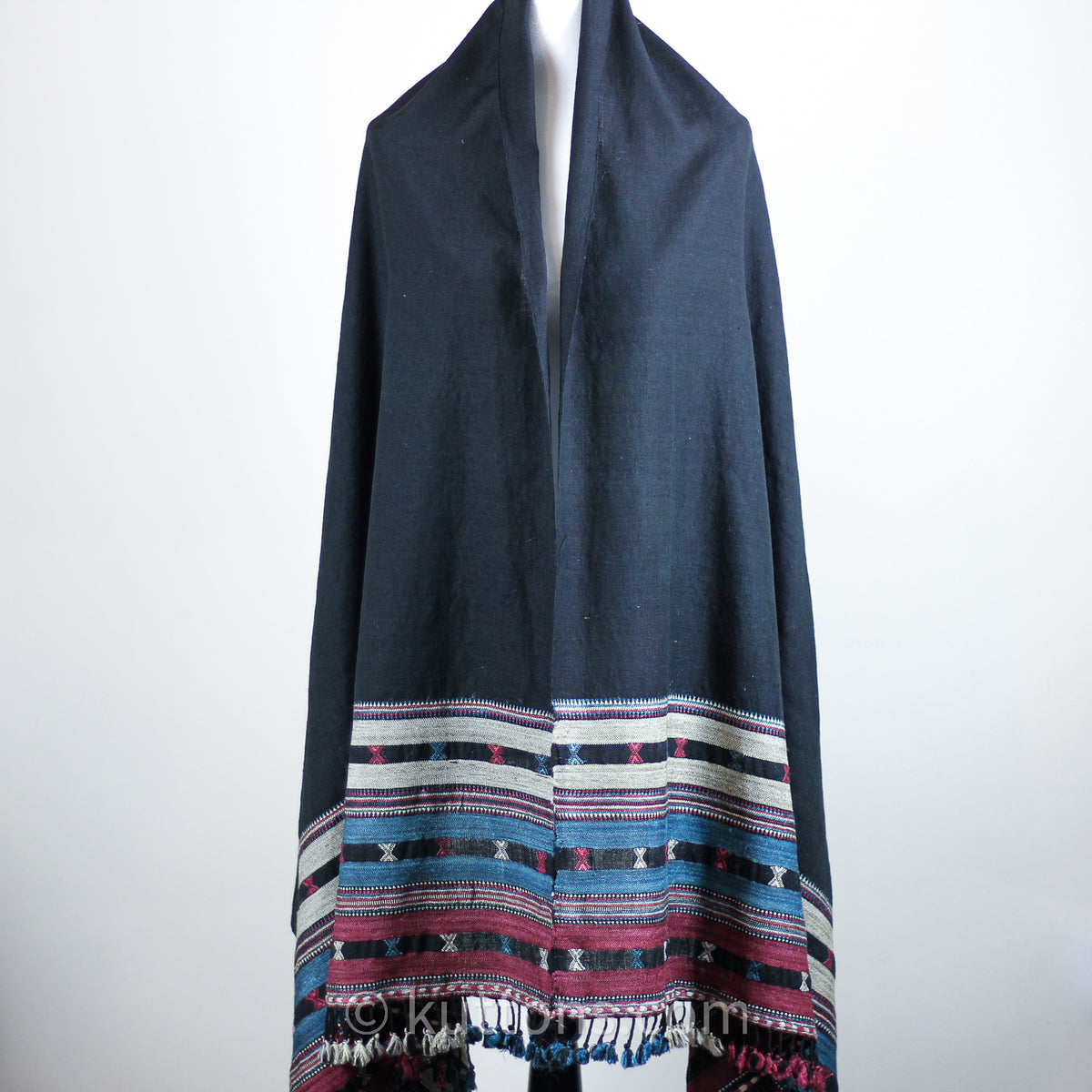
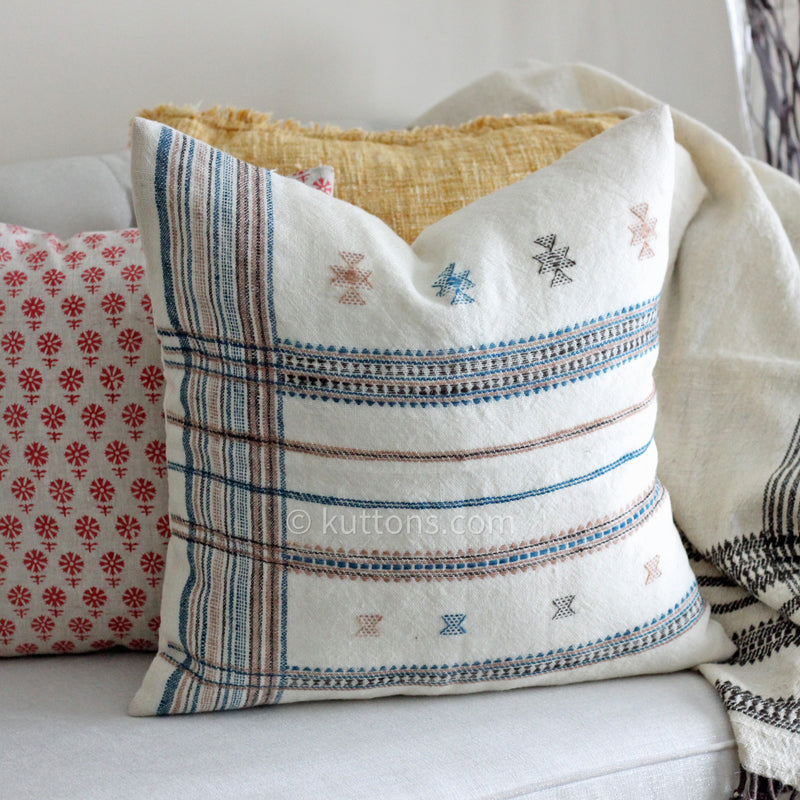

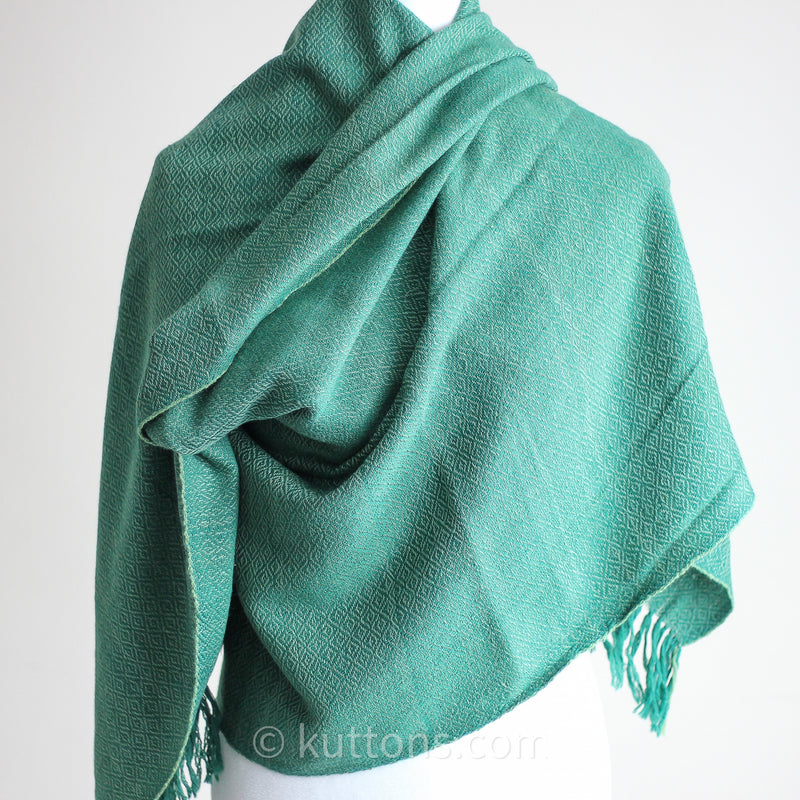

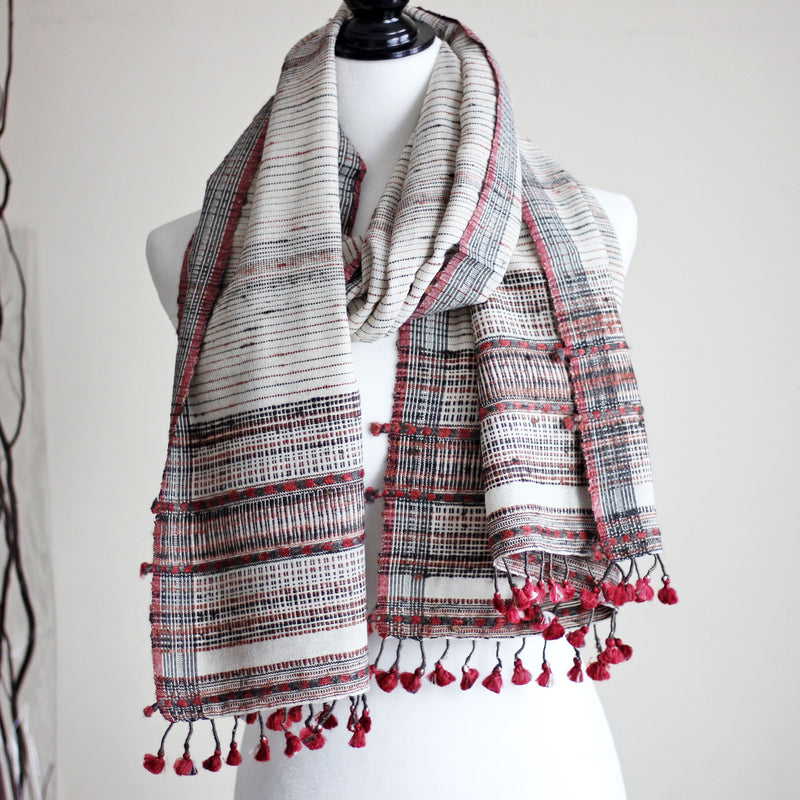
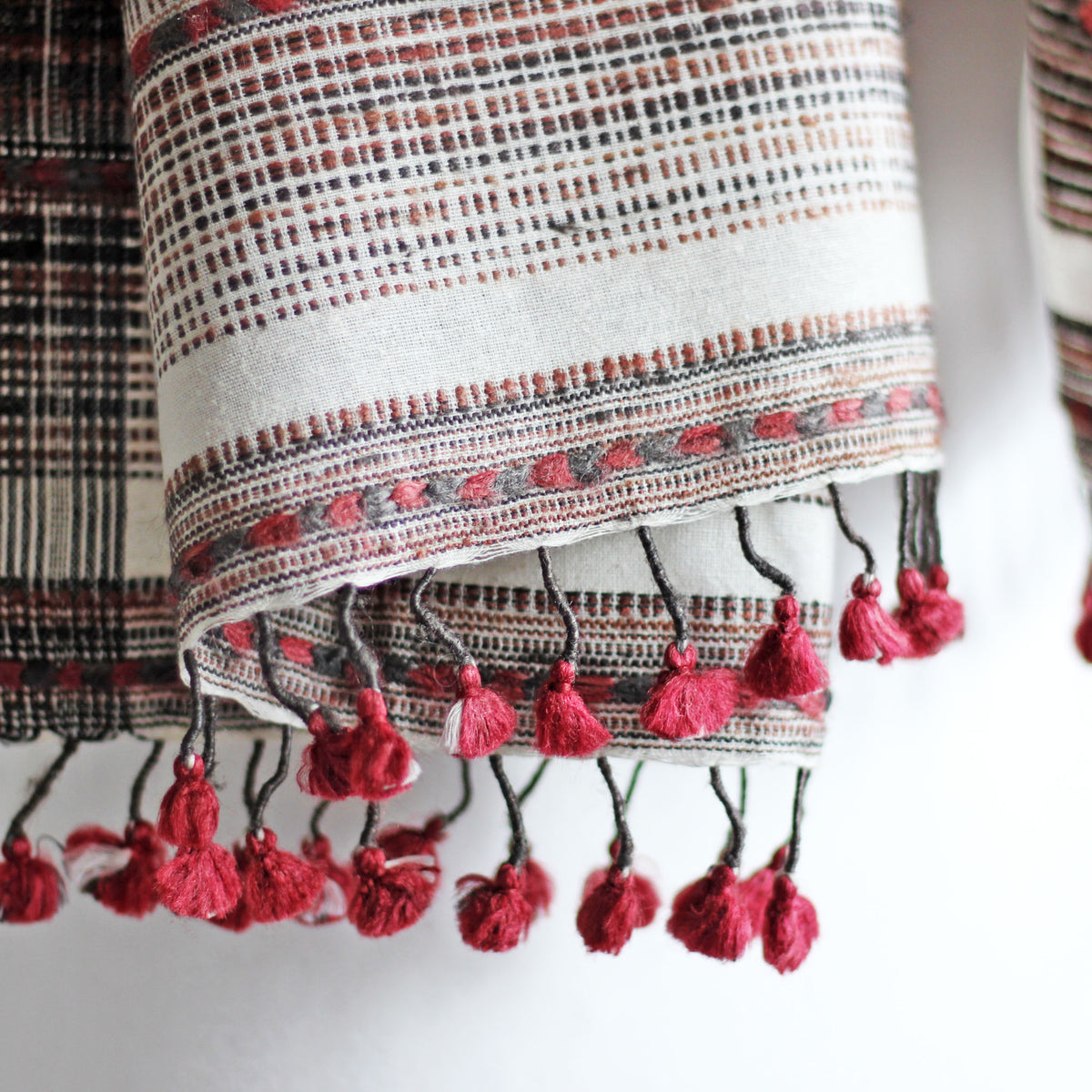
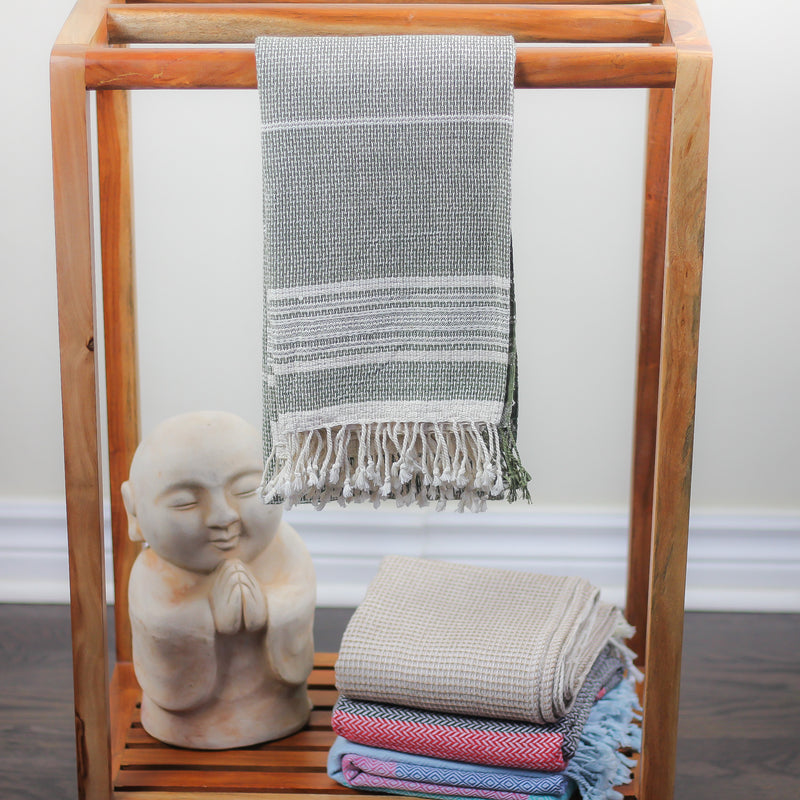

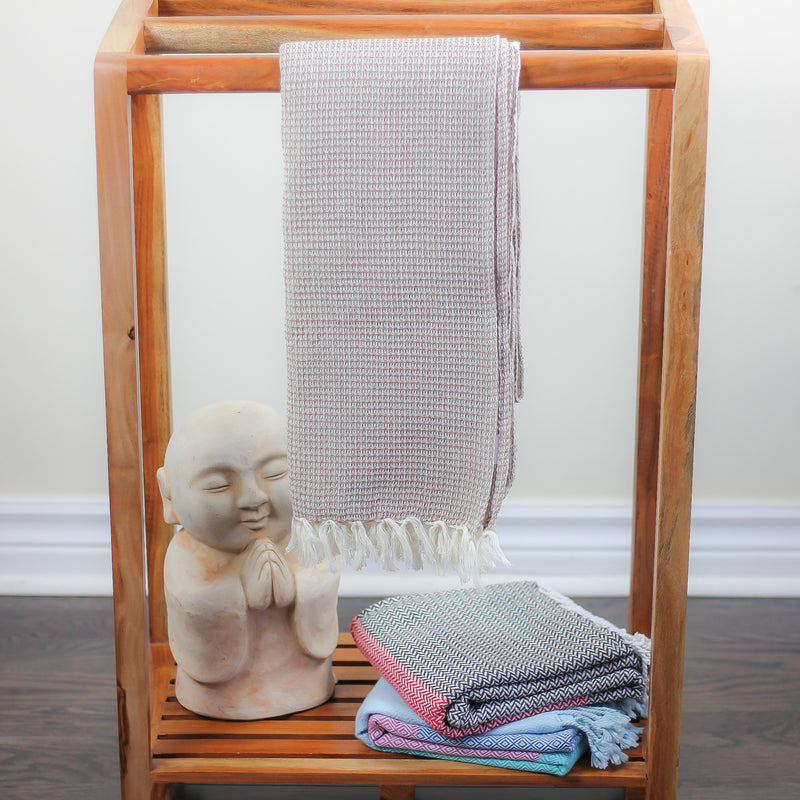
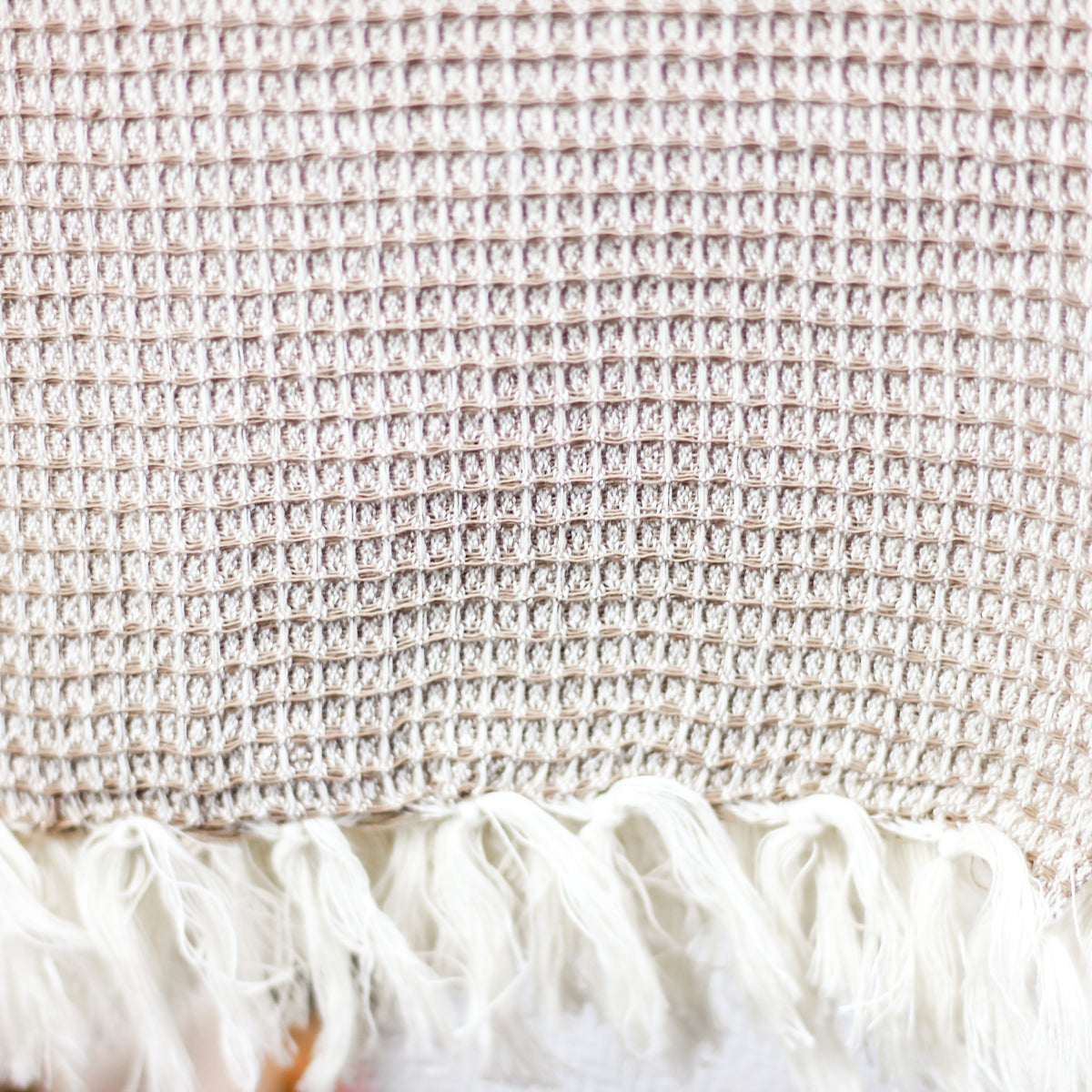

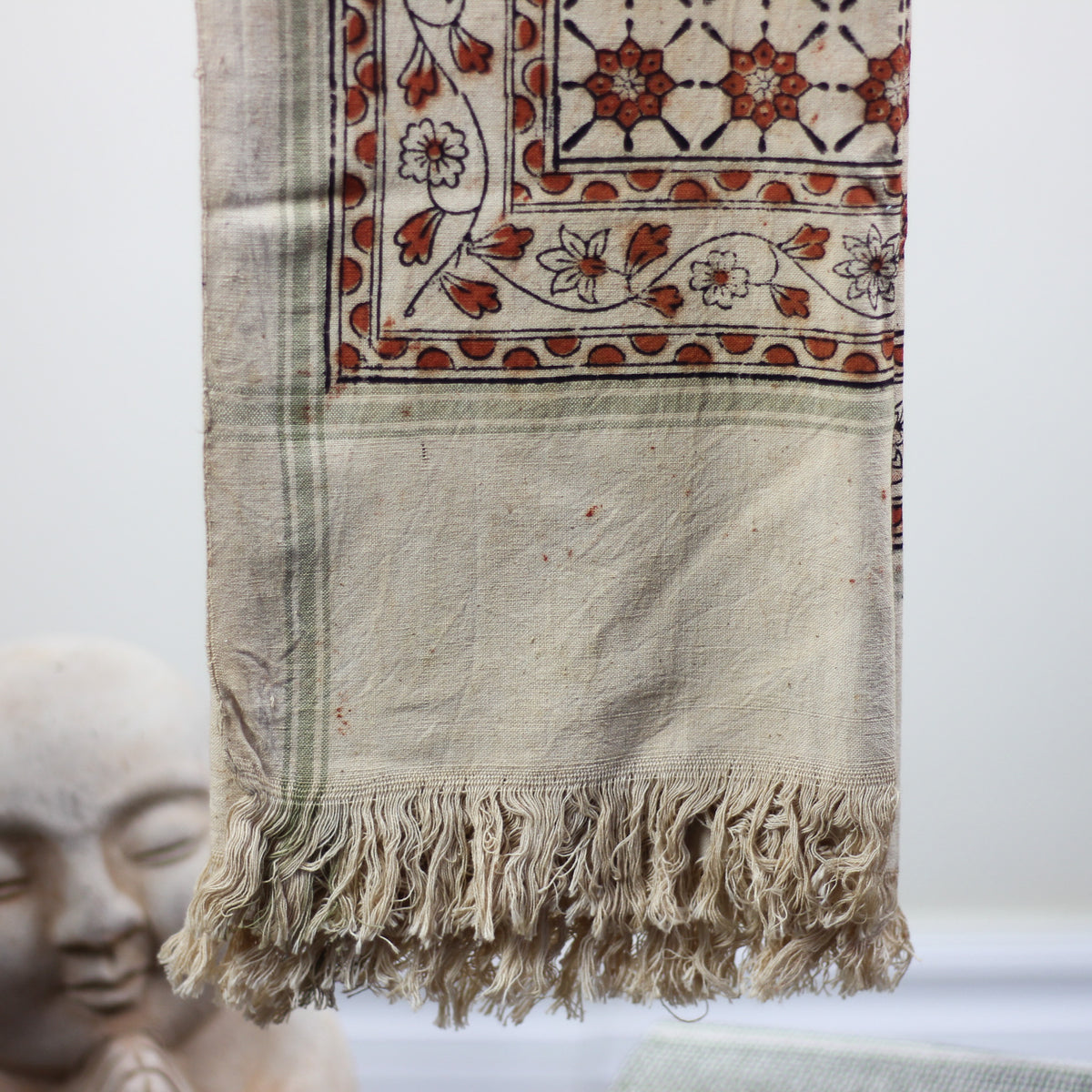
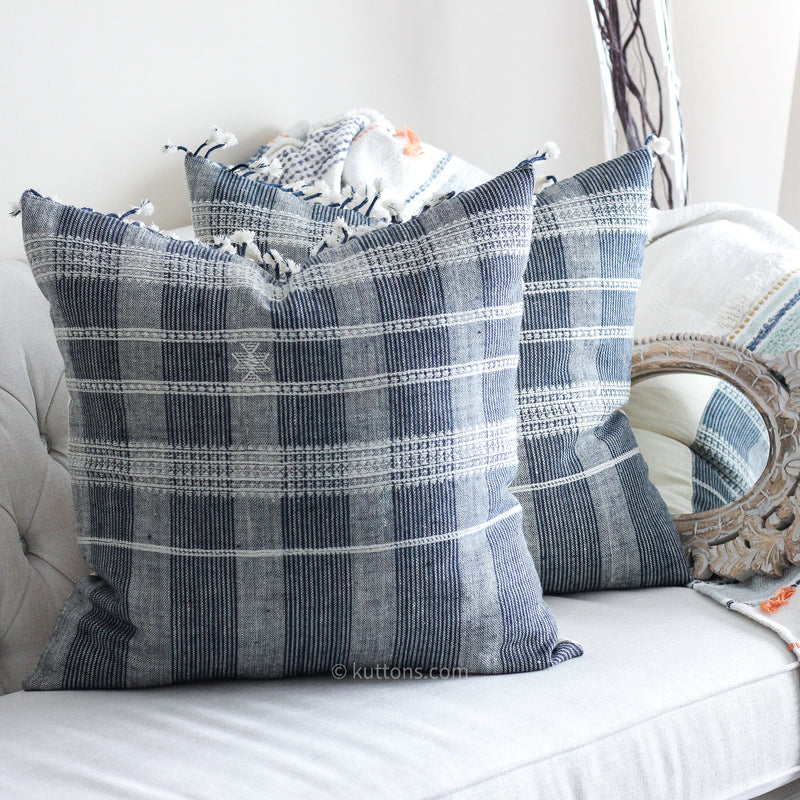

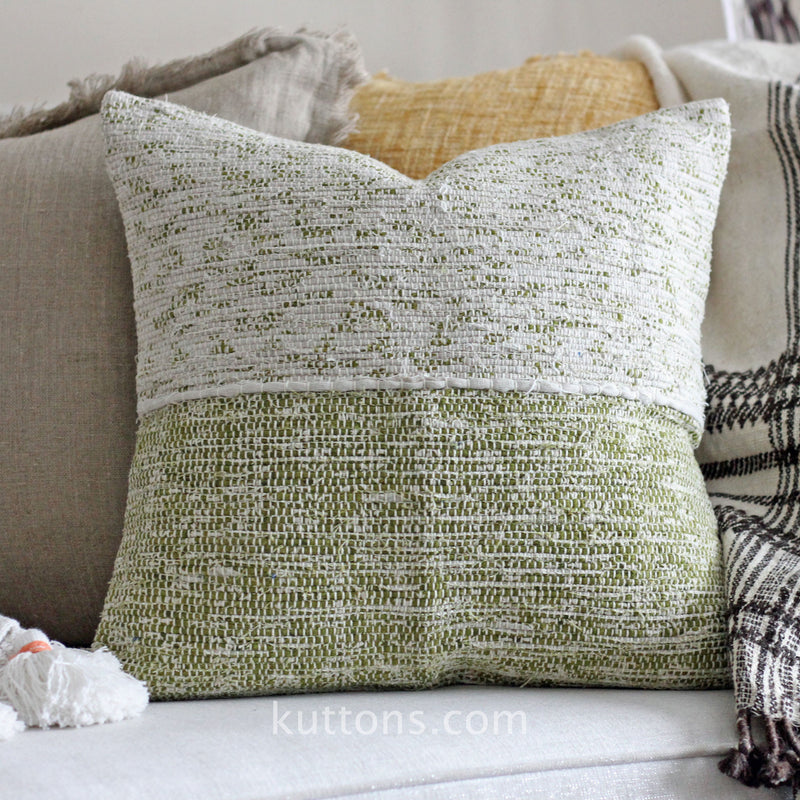
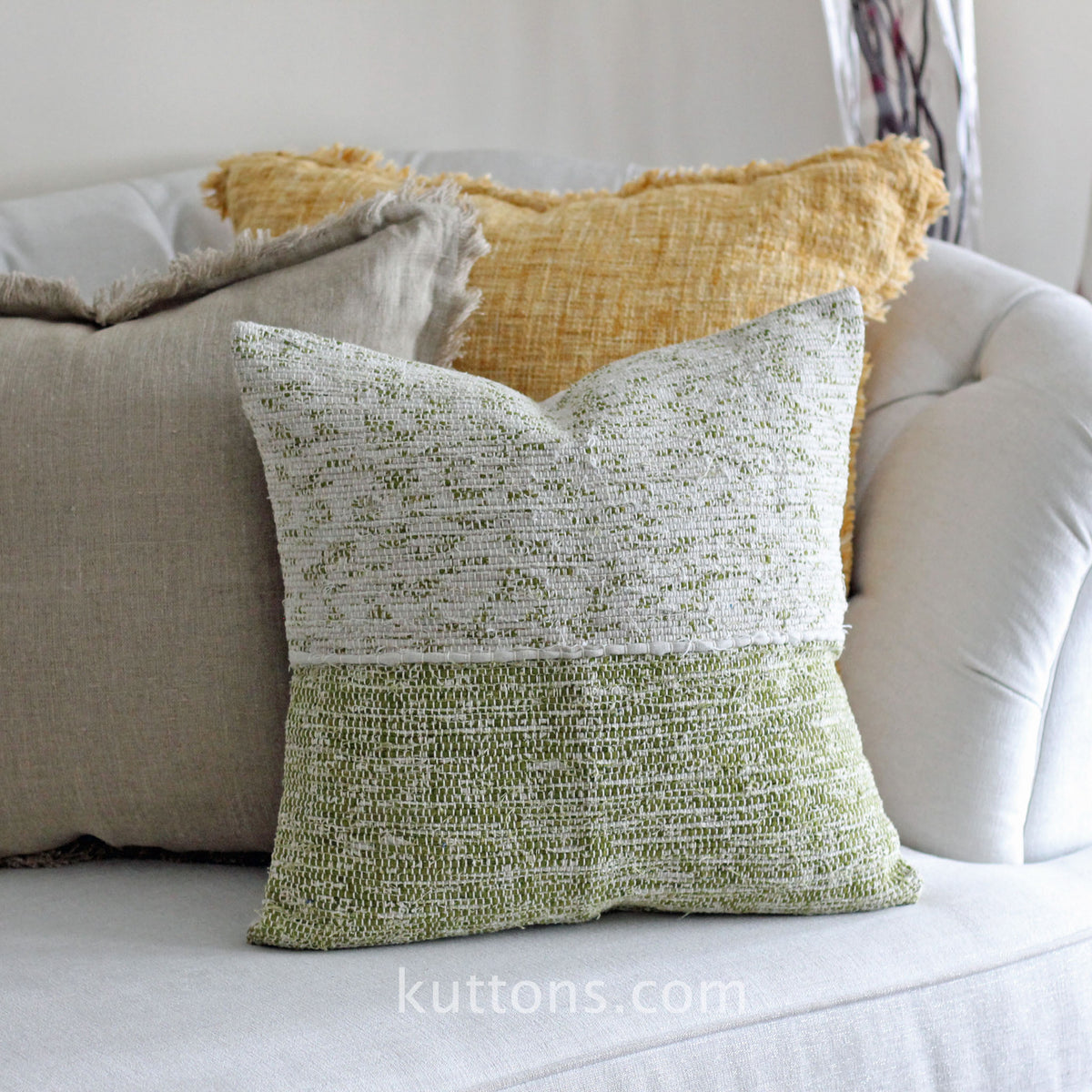
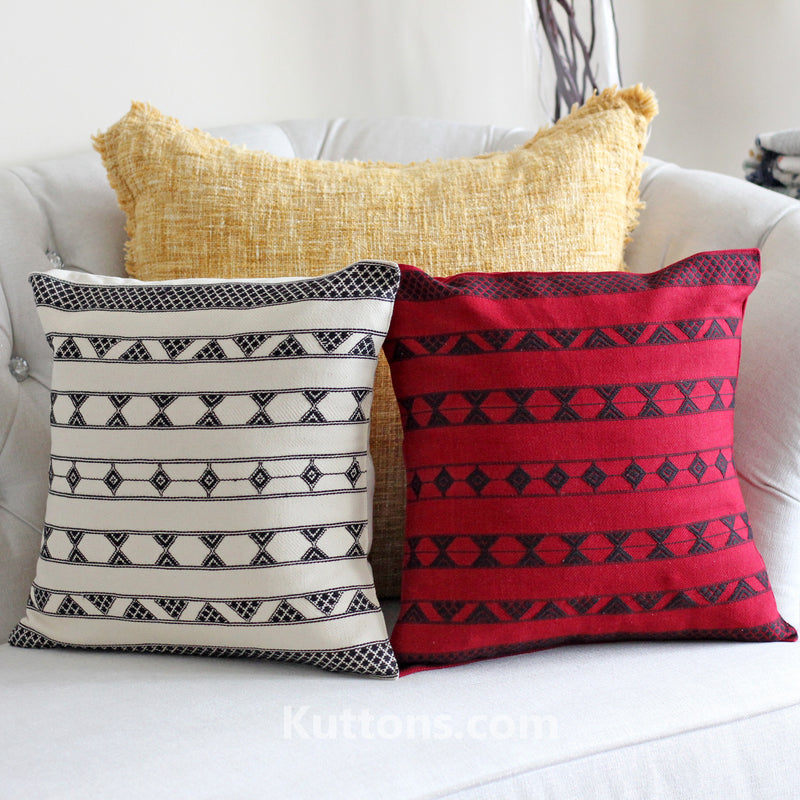
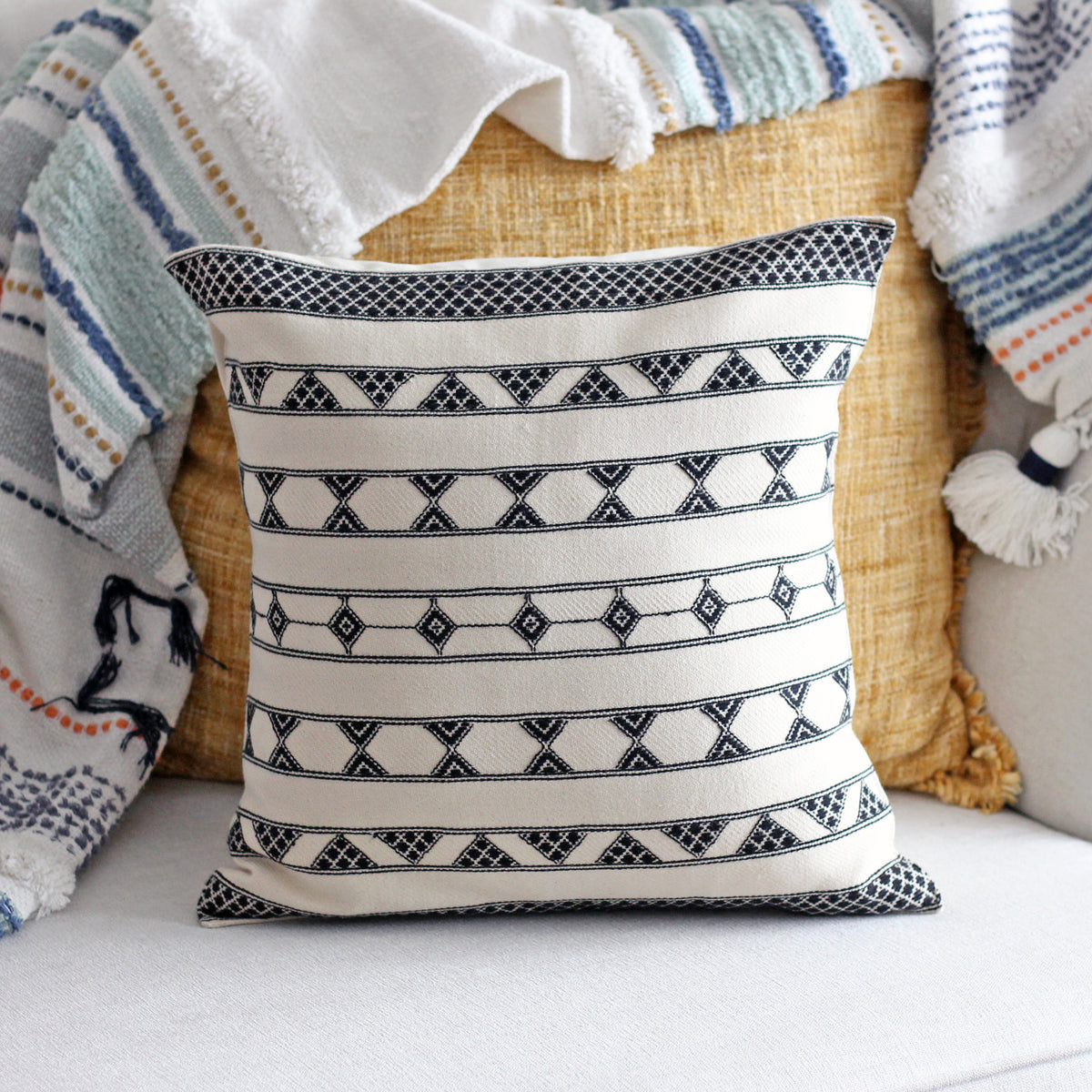
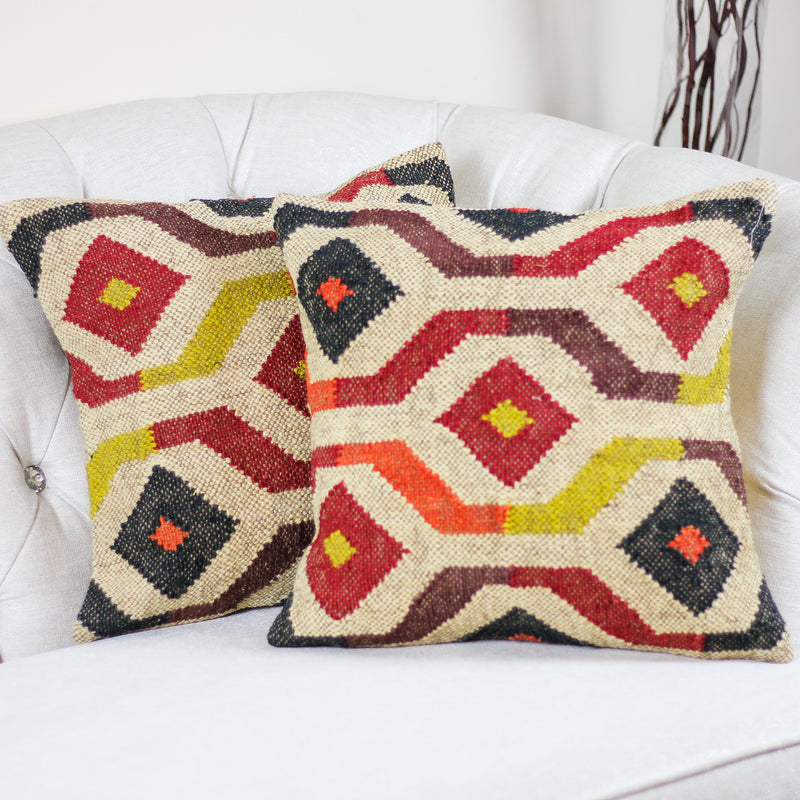
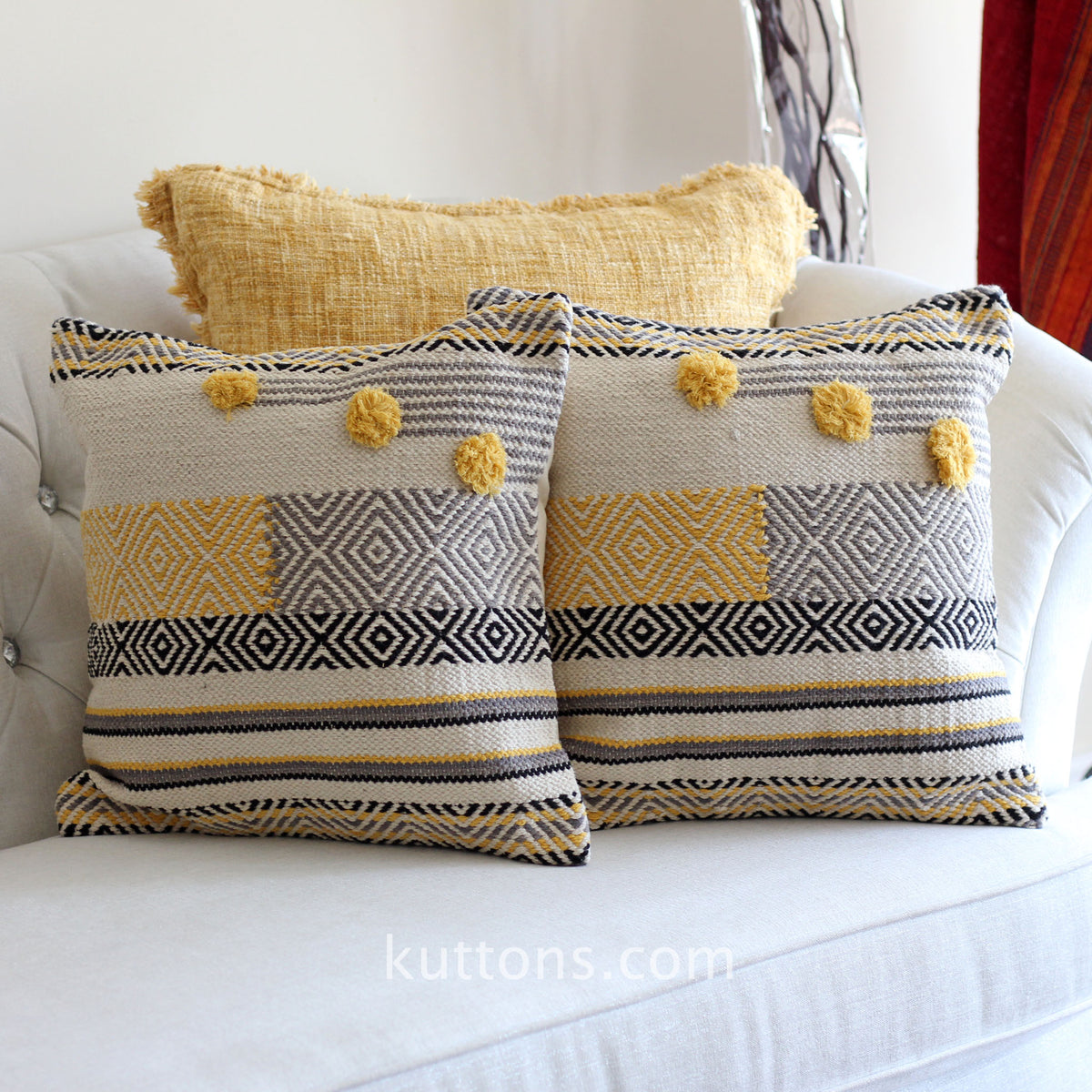


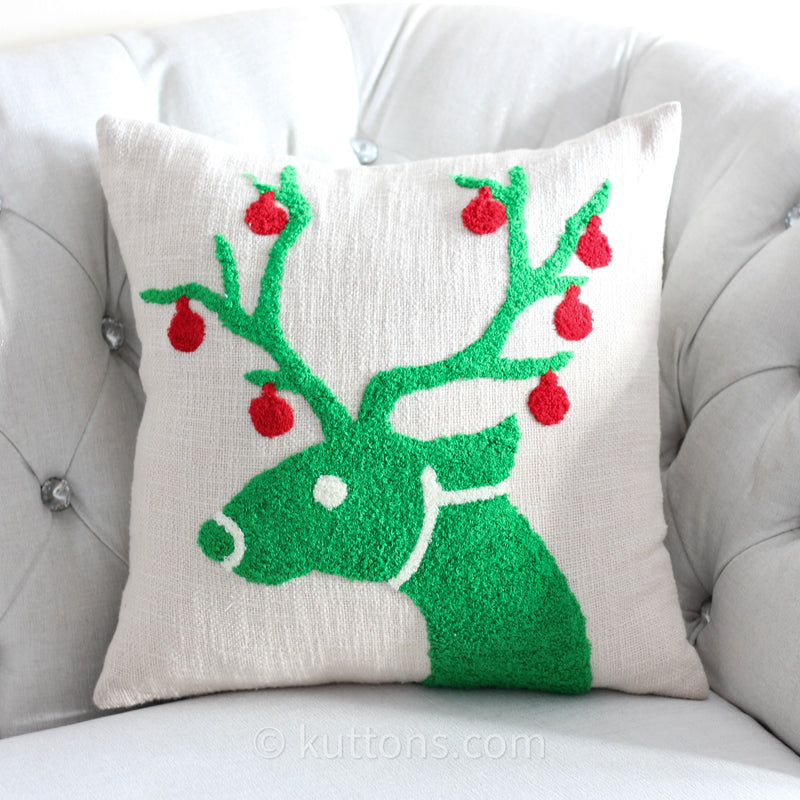
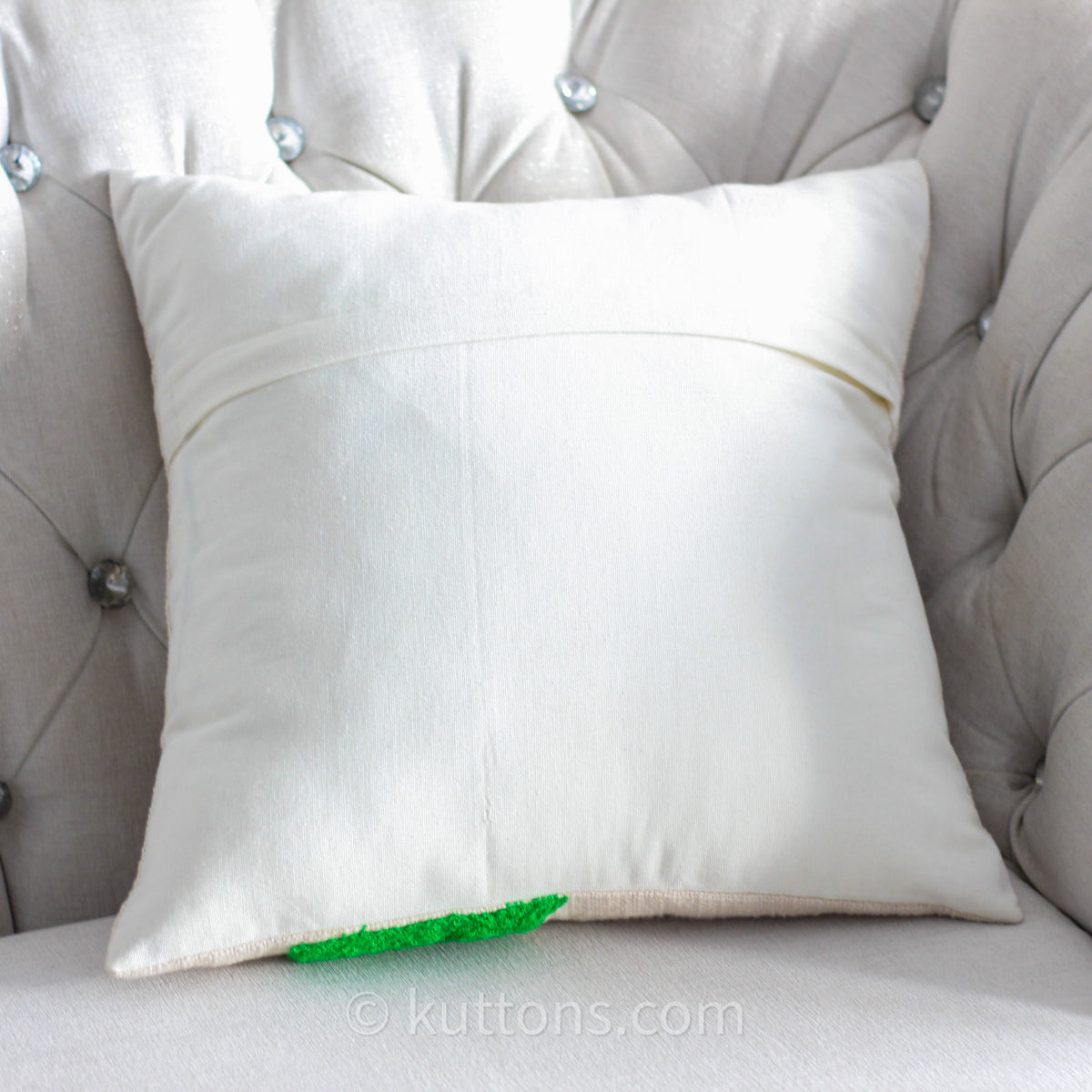
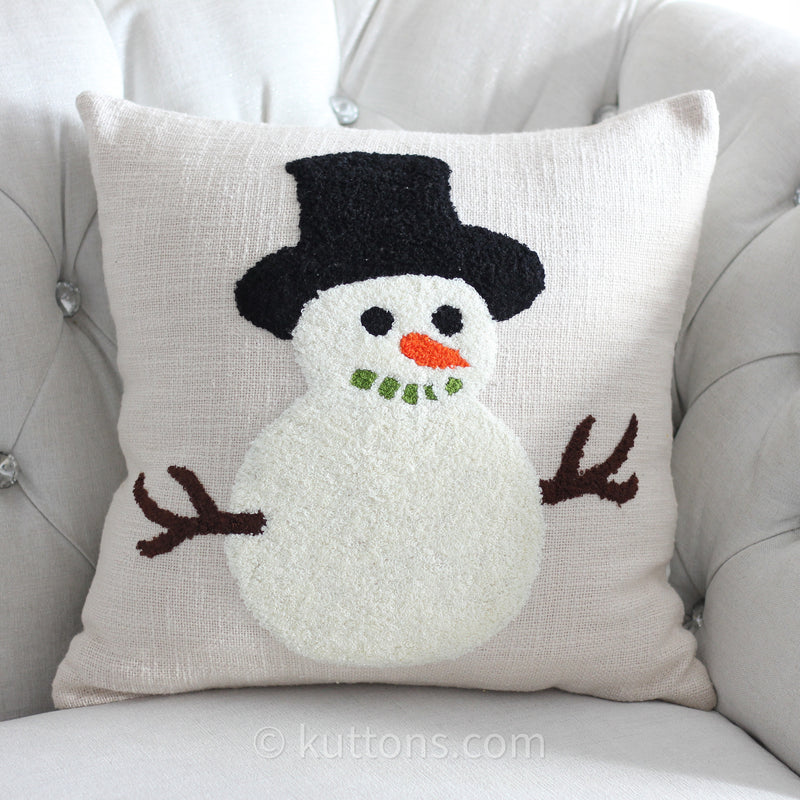
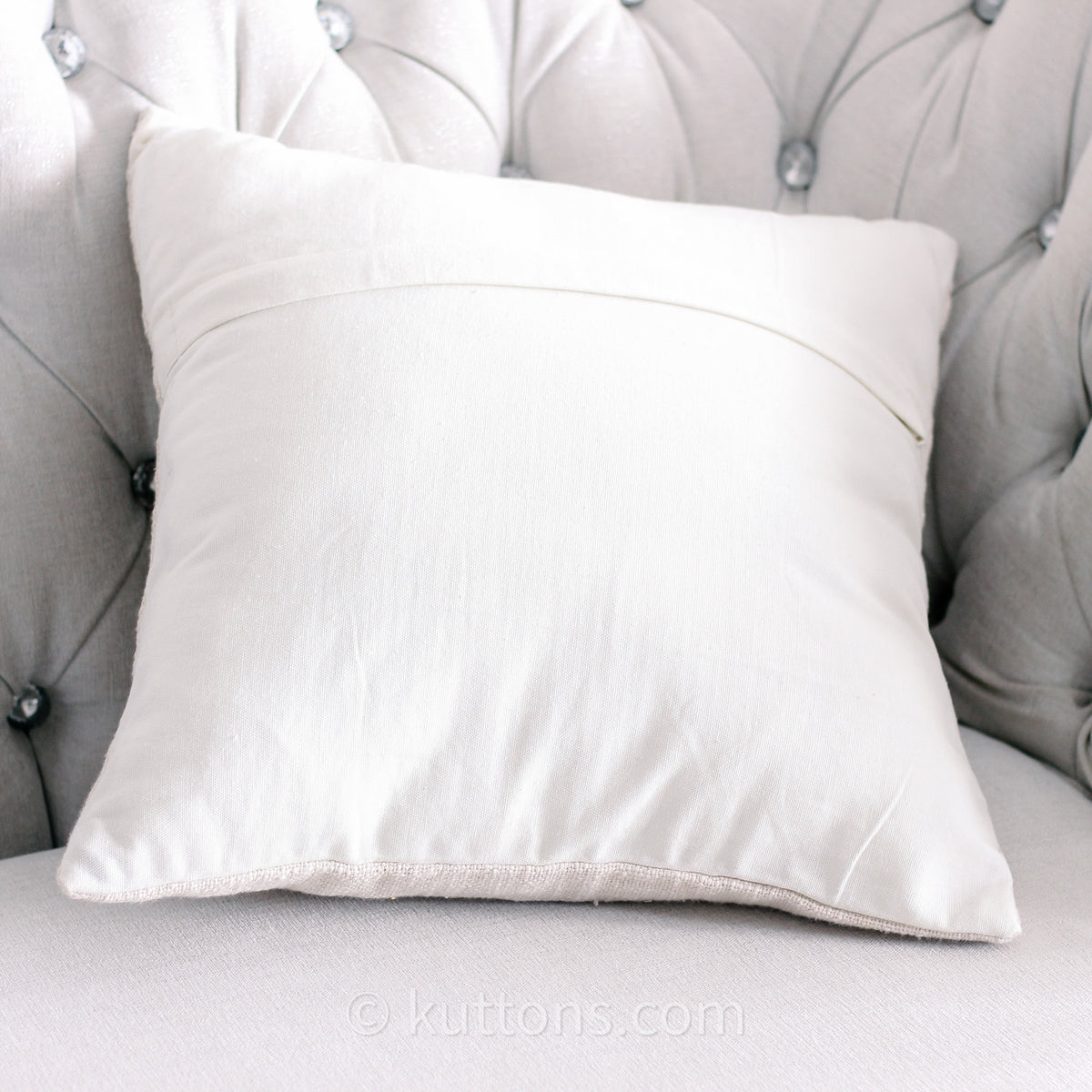
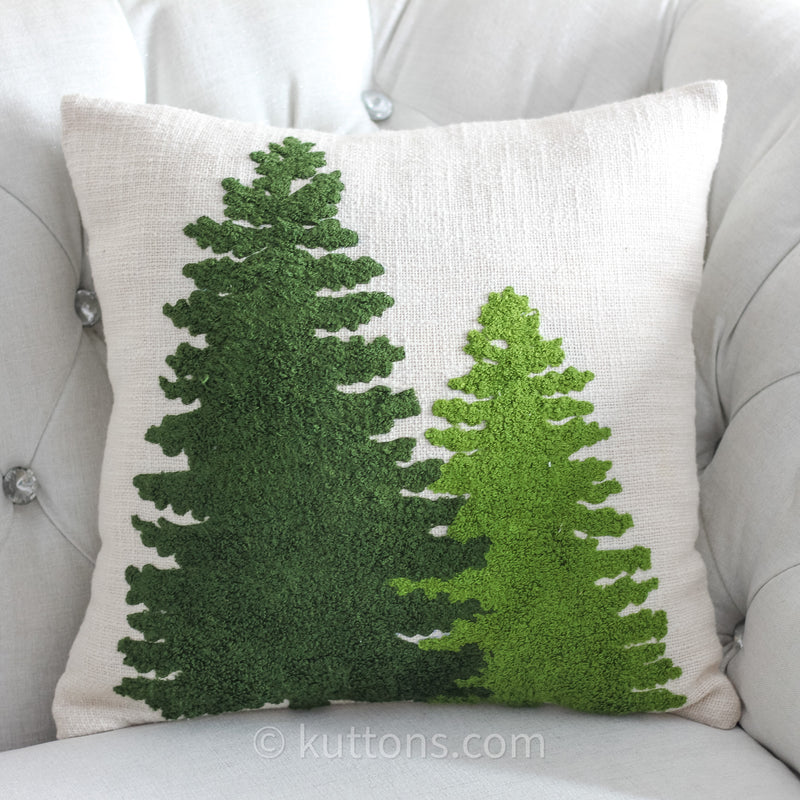
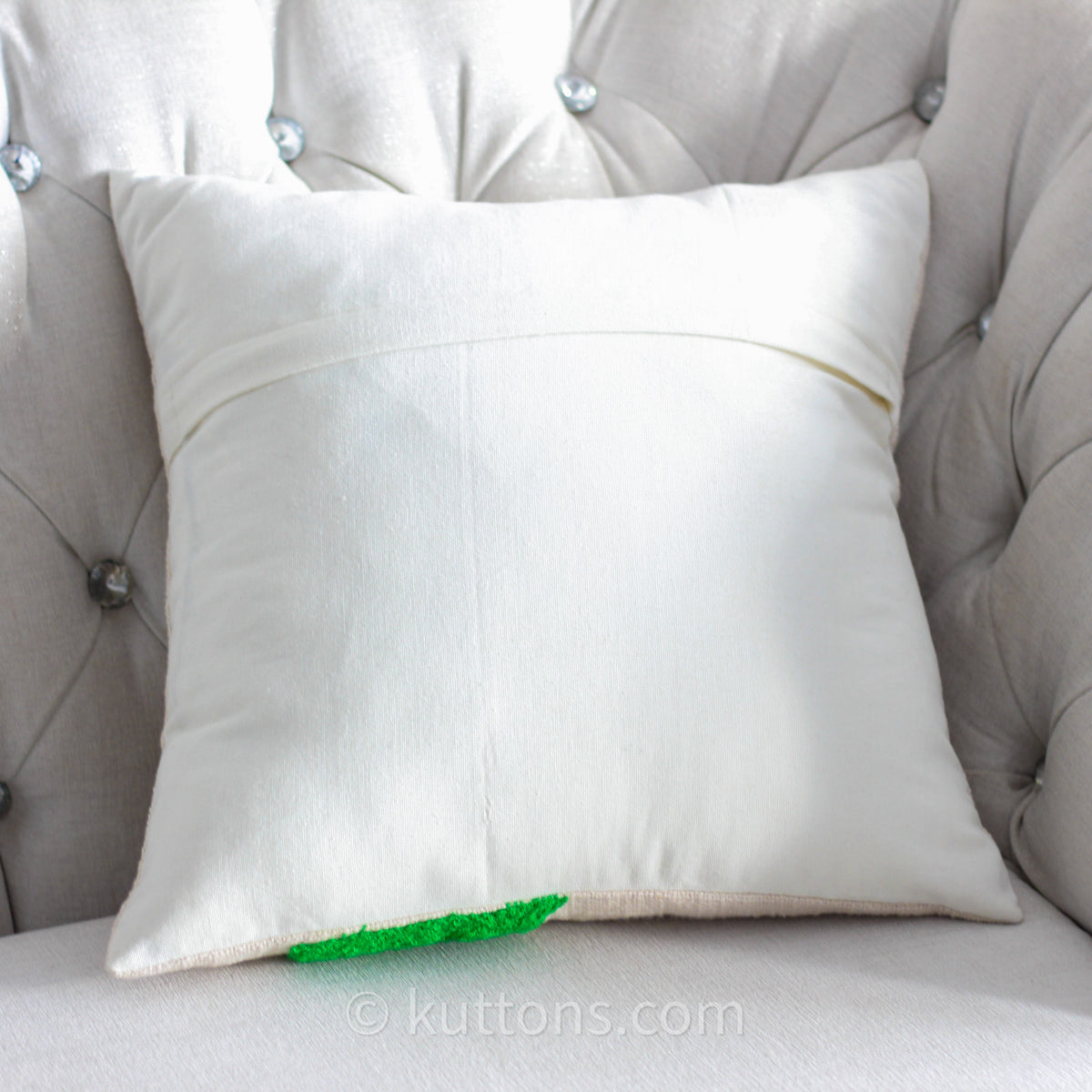
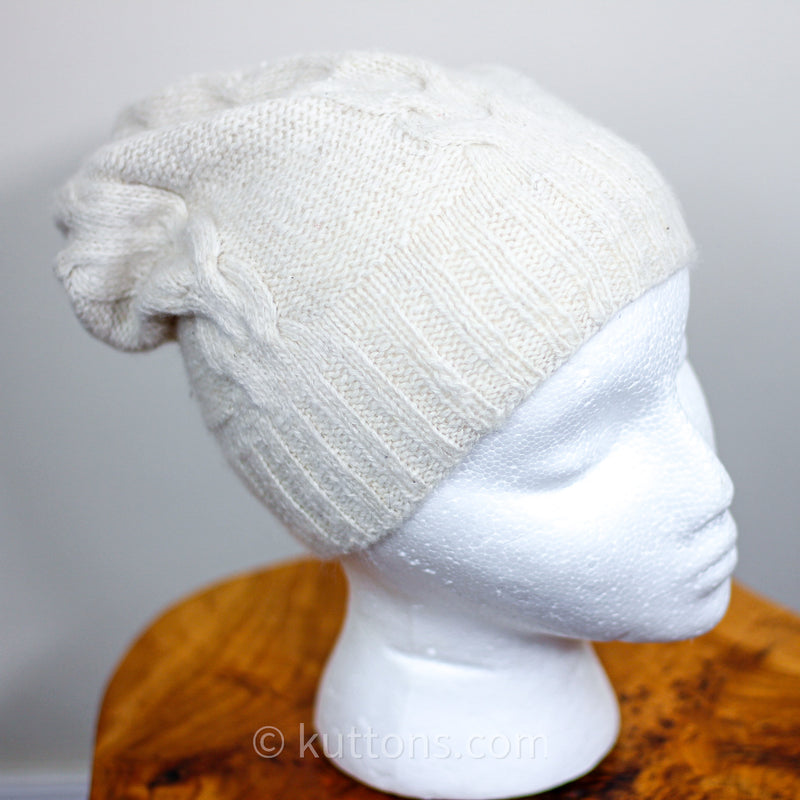
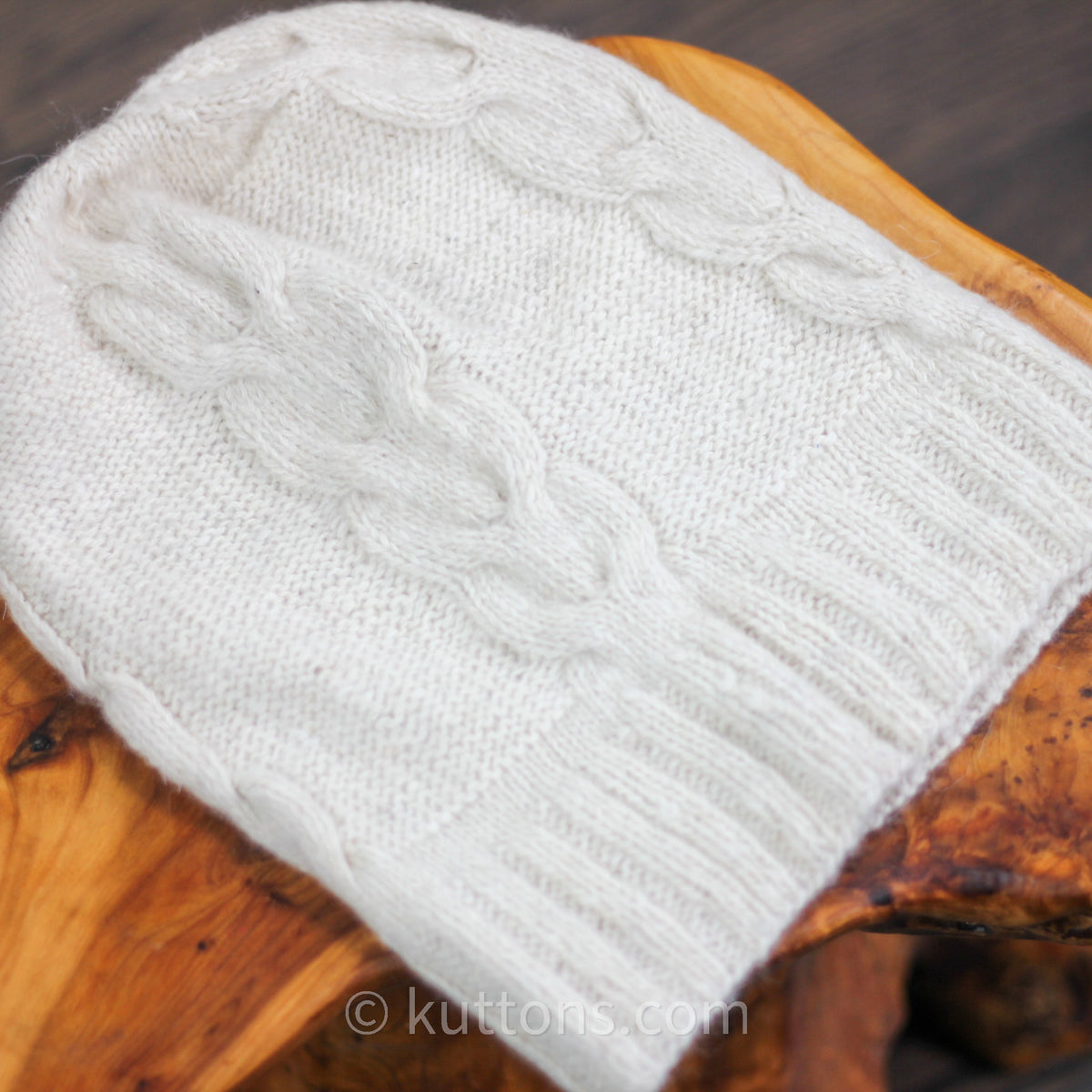

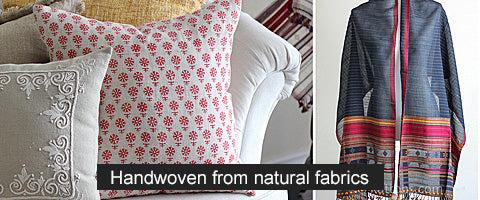
0 comments